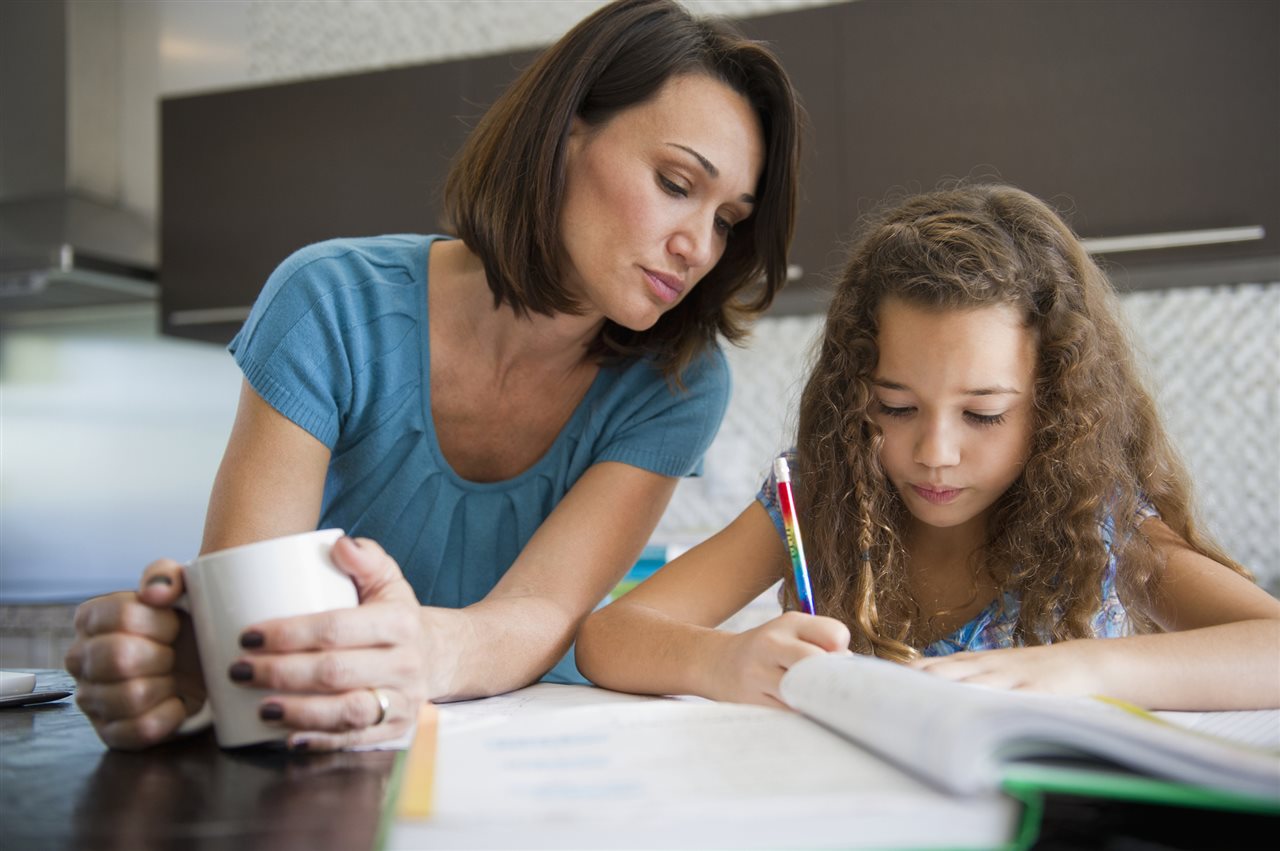5 At-Home Wellness Tips for Families with ADHD
(BPT) – Families are spending more time together than ever before, making it challenging for parents and caregivers to balance their personal needs with that of a child’s. For those families that include a child with ADHD, maintaining mental, physical and emotional wellness is particularly crucial for all members.
Dr. Greg Mattingly, psychiatrist and associate clinical professor at Washington University in St. Louis, offers the following tips on how to maintain wellness at home, especially while parenting a child with ADHD:
Stay positive and set realistic expectations
Behaviors can change and improve over time, so it is important to keep a positive mindset and attitude. Try to establish consistent expectations, along with a system for rewards and consequences, offering praise whenever possible (e.g., 3-5 positives for every negative when working through challenges). Be sure to also lead by example: children benefit from modeling healthy behavior and positive interactions as it has been shown to improve attention, concentration and impulse control in children with ADHD.
Get into a routine
Try setting a daily schedule to establish expectations, allowing clear windows for activities such as meals, schoolwork, play and bedtime. Some children with ADHD also benefit from clocks or phone timers to transition from one activity to the next or a “check off” list that allows you and your child to feel a sense of accomplishment. While scheduling every minute of the day is by no means necessary (especially in the summer months), identifying a routine that is both predicable and flexible can ensure the whole family is able to enjoy each other’s company.
Beyond setting a schedule for a child with ADHD, it is equally as important to allow “me time” as a parent or caregiver. Be it a virtual yoga/exercise class, video calls with friends or family, walks or enjoying a few chapters of a book, any activities that help reduce stress are important enough to prioritize.
Create a space for focus
Be it academics or arts and crafts, it is important for children with ADHD to have moments of calm, free of overstimulation. Creating a space for kids to relax and have some time to themselves is particularly beneficial for kids with ADHD. Use tactile outlets, such as stress balls or fidget spinners, as a way for them to release physical energy while focusing on an individual task at-hand.
Remember knowledge is power
Developing strategies for a child with ADHD can be challenging at times, but there is a wealth of digital resources that can be easily obtained right at home to overcome obstacles along the way. MoreToADHD.com breaks down signs of ADHD and the diagnosis journey, along with educational videos and coping tips for children, parents and caregivers. With understanding comes confidence and comfort, allowing families to stay happy, healthy and well, leaning on the vast ADHD community to work through challenges both big and small.
Positive affirmation
Start off the day by making a mental or written list of all the things about your child that are special, positive, valuable or unique. Pause each morning to think of the things for which you are thankful, proud of and which give you peace. Trust that children with ADHD can succeed as they learn, change and mature. Focus on the larger goal of behavioral support for a child and less on the smaller, day-to-day struggles.
Finding a way to channel energy into positive coping mechanisms can help maintain wellness, and in turn, strengthen the relationship between the parent/caregiver and a child with ADHD. To learn more, visit MoreToADHD.com

